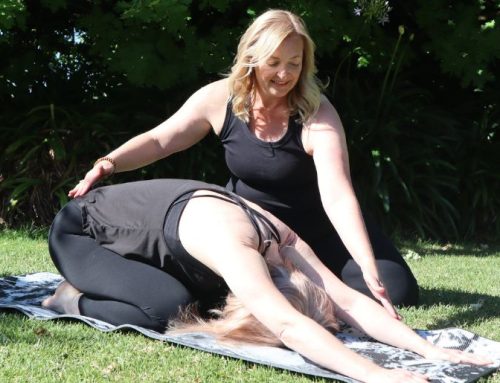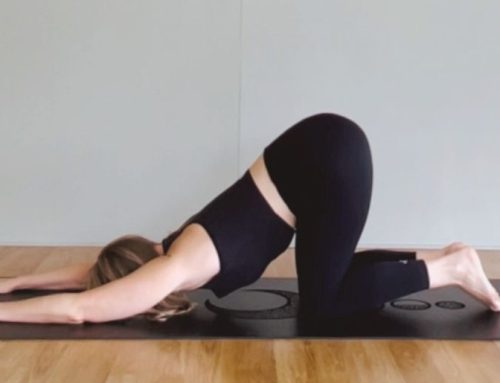The doshas are known as the three vital energies in Ayurveda. They are a combination of the five elements (earth, water, fire, air and ether) and like the elements they exist in every aspect of the world around us but are most commonly associated with our unique constitution.
The three doshas exist within each person in varying amounts – we all have our own unique blend of the doshas. However, it’s important to understand that the doshas are changeable and any one of the doshas can go out of balance within us. This may be because of our lifestyle, circumstances, climate or environment we live in.
When we are feeling out of balance we can adjust our daily yoga practice to be more supportive for the dosha that is currently present. Pranayama is a deeply beneficial practice for all doshas in different variations. We can use pranayama to support the doshas and bring us back into balance.
Pranayama for Vata Dosha:
If you are predominant in vata or experiencing a vata imbalance you have an excess of air and space. This could present as feeling anxious, scattered or ungrounded. As vata naturally holds more prana in the body, care needs to be taken when practicing breathing techniques to not cause an opposite effect and overwhelm. To balance vata it is best to avoid rapid or intense pranayama and instead focus on calming and grounding practices.
A wonderful, fail safe technique for vata is nadi shodhana or ‘alternate nostril breathing’. This practice is best done with a slow, even breath, attempting to lengthen the duration as best you can, with a stronger focus on the exhalation. Best paired with gentle asana and a dedicated meditation practice.

Pranayama for Kapha Dosha:
If you are predominant in kapha dosha you are experiencing an excess of earth and water. This could present as feeling tired, stagnant and with a lack of motivation. It is thought that kapha dosha can most benefit from a dedicated pranayama practice as a way to bring more light and energy into their more earthy systems.
The most beneficial techniques for kapha dosha are ones that are warming and energizing. Solar or right nostril breathing can be particularly wonderful. Best practiced in the morning when kapha is naturally predominant with invigorating asana.
Kapalabhati or bhastrika are also very beneficial for kapha dosha, especially when experiencing excess mucus or respiratory issues. Although, these are strong practices best learnt from a teacher and only practiced with confident experience.
Pranayama for Pitta Dosha:
If you are predominant in pitta dosha or experiencing a pitta imbalance you are holding an excess of fire. This can present as feeling stressed, irritated or overheated. When practicing pranayama we do not want to invite in more agitation or heat by doing intense or heating techniques. To balance pitta you should focus on cooling and calming pranayama.
Shitali or the ‘cooling breath’ is perfect for calming pitta dosha. Practice in a way that is slow, smooth and with gentle retention between the inhale and the exhale. Best practiced with calming asana and meditation in a cool temperature.
By our retreat host Emily Carton: Yoga Teacher and Ayurvedic Wellness Advisor
www.emilycartonwellness.com
@emilycartonwellness






